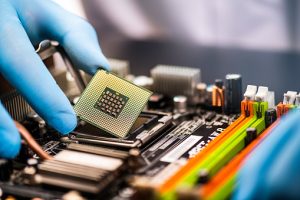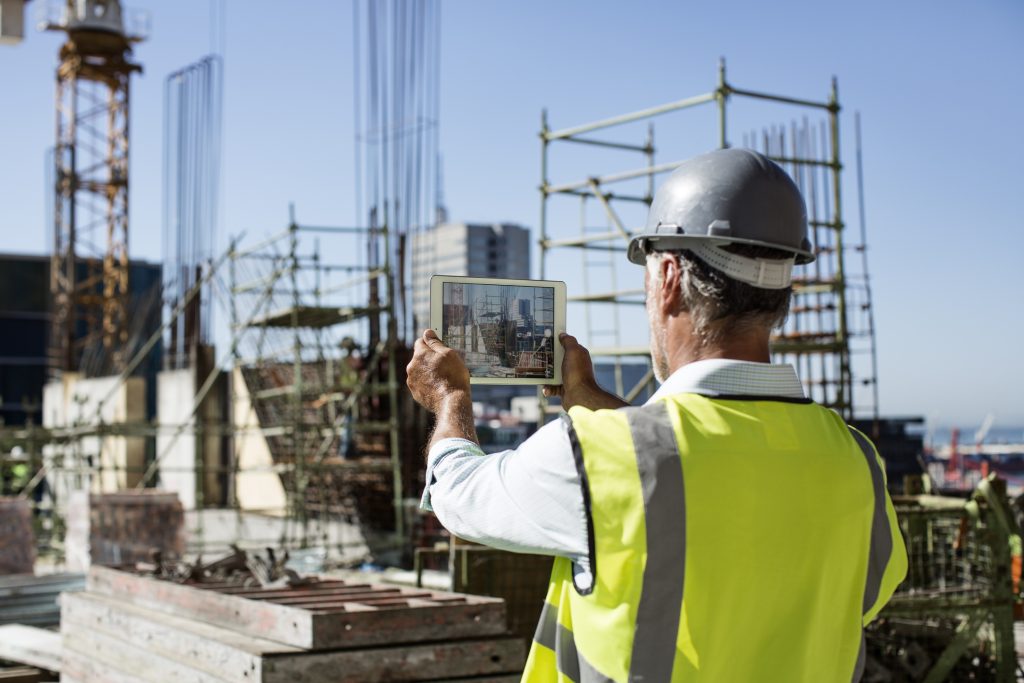1 Observation and Measurements
Chris Standen
Learning Objectives
By the end of this chapter, you should be able to:
- employ key observation skills
- identify important features and measurements
- record observations with drawings and descriptive text
- compose photographs of objects and situations to convey feature details
The Cambridge dictionary defines “Observation as:
“to watch carefully the way something happens or the way someone does something, especially in order to learn more about it:”
A requirement for being able to produce technical drawings is to be able to learn everything we can about the object or situation that we need to draw. It is not difficult to observe accurately but neither is it instinctual. Learning a few key observation skills will make you better at interpreting and producing technical drawings.
If you consider making an observation as a task, it will help focus your attention so you do not miss key details. We will consider four aspects of the observation task:
- Recognize the context
- Observing the features
- Record the measurements
- Photographing the situation
Context
The first step to observing is to recognize the context of the task. Do you have to produce a drawing for machining an object or are you inspecting for wear and damage during use? Maybe you are simply taking a few requested measurements at a construction site?
Once you know the context of your observation task you should identify features to look for. These could include obvious physical features but could also include things like orientation, weather, coatings, burn marks, identification tags, etc. Listing out ahead of time the details you need to fulfil the task will ensure you don’t forget anything nor waste your time taking measurements you don’t need.

Observing
We usually think of observing as a visual thing yet we can, and should observe with more than just our eyes. Remember that the goal of our observation is to learn specific things about the object or situation we are observing. That may require us to listen for abnormal noises, or smell for unusual fumes, or touch to detect changes in texture. Sometimes added tools or technology are required to properly observe the features you are looking for. Special cameras can extend your vision into small spaces or even into the infrared spectrum. Microphones can help you detect sounds too faint to hear, or too dangerous to approach.
Making observations:
- Use your senses and use tools to extend your senses
- Look for key physical features such as shape, holes, projections, lines
- Look for associated features such as colour, texture, temperature, coatings, vibrations, sound
- Pay attention to abnormalities such as smells, visible burn marks, cracks, bends, breaks, bearing sounds
- Record the environment including lighting, weather, moisture level, location, orientation, compass heading
Measurements
Measurements offer key information points about the features of the object or situation being observed. For measurements to be useful they need to be accurate, and of the right precision. To be accurate, your measurement tool must be adequate for the job and the desired precision.
When taking multiple measurements, it’s a good idea to try to select a limited number of reference points from which the measurements can all be taken. This simplifies the recording of the measurements and reduces the chance of errors. The reference point should be fixed and have a clear edge or point in the same plane as the measurement being taken.
Taking measurements:
- Determine which measurements are required
- Determine the appropriate precision and ensure your measurement tool is capable
- Select a reference point, or points to make measurements relative to
- Sketch the object or situation identifying the reference points
- Take and record the measurements along with identifying notes
- Transcribe the measurements on the sketch

Photography
Today’s smartphones all have good quality cameras built in and its never been easier to take a quick photograph of a situation or object. Photos are a great tool to help record observations such as general shape and feature details that would be difficult to describe or sketch. Yet, photos cannot and should not replace physical observations and measurement taking.
When using your own camera phone to take photos for work you must remember to adhere to your company policies on privacy and use of personal equipment for company work. Having a work-related picture stored on your personal phone, or emailing that photo using your personal email account might result in a privacy breach and/or disciplinary action taken by your employer.
Taking photographs:
- Use company provided camera and/or verify your company policies on intellectual property and use of personal equipment
- Ensure the background of the photo is appropriate and clear of distracting features
- Set the camera to blur the background if possible
- Compose the photo carefully to ensure it captures the required features
- Adjust lighting as required
- Be careful when the background is bright as the object may appear silhouetted
- Do not include people in your photos
- Include a known object, or ruler, for scale
- Always check the photo after to ensure it is clear and correct
- Write down the filename of any photographs you take in your notebook.
- Consider the image file as company intellectual property and handle it appropriately

Field Inspection
When you are tasked to inspect something there might be hundreds of details that present themselves, but not all of them are important to the task at hand. In this activity, you will follow along with an experienced technologist as they make an inspection, and record the important observations and details.
![]() Click on the hot spots from left to right and ask yourself whether you think the detail is important.
Click on the hot spots from left to right and ask yourself whether you think the detail is important.
Self Test
![]() Now complete the Learning Task Self-Test.
Now complete the Learning Task Self-Test.
![]() Key Takeaways
Key Takeaways
- Understand your observation’s context and evaluate what important features and measurements are.
- Record your observations in a notebook with a sketch and descriptive text. Include the measurements you have taken.
- Follow your company policies when photographing a situation. You may not be allowed to use personal devices, such as cell phones, for work purposes. Write down the filename of any photographs you take in your notebook.

